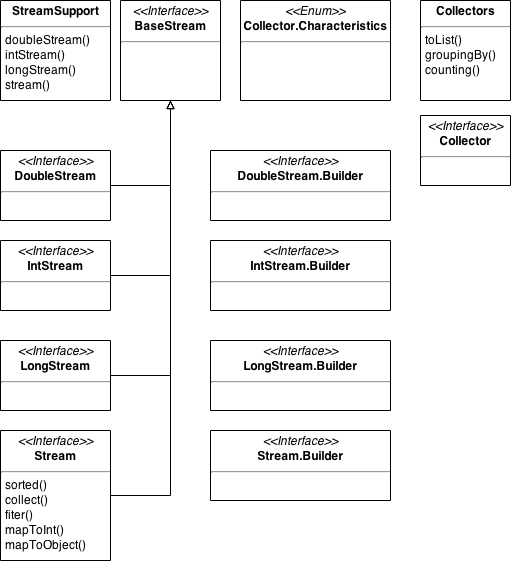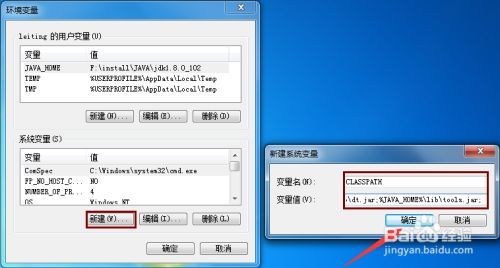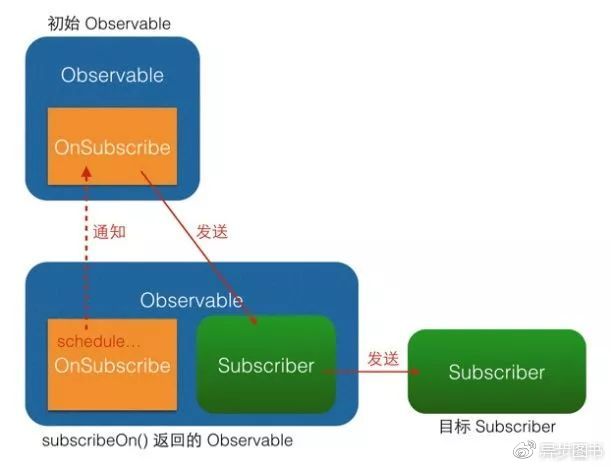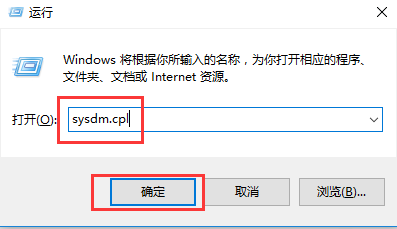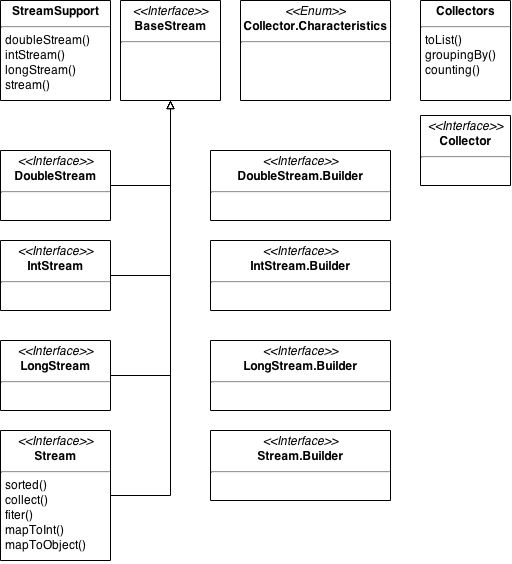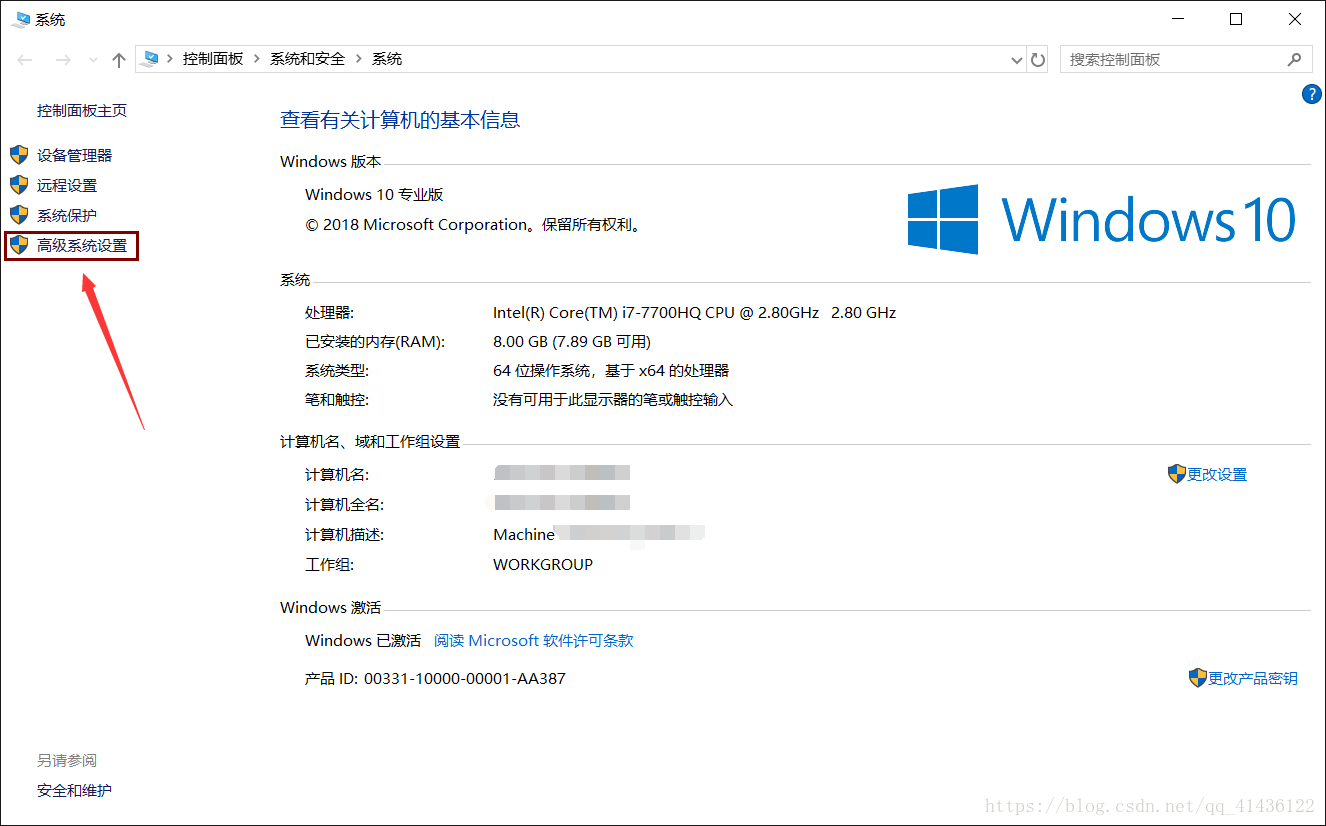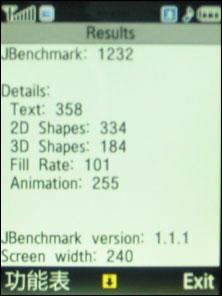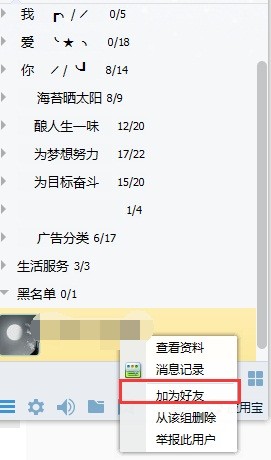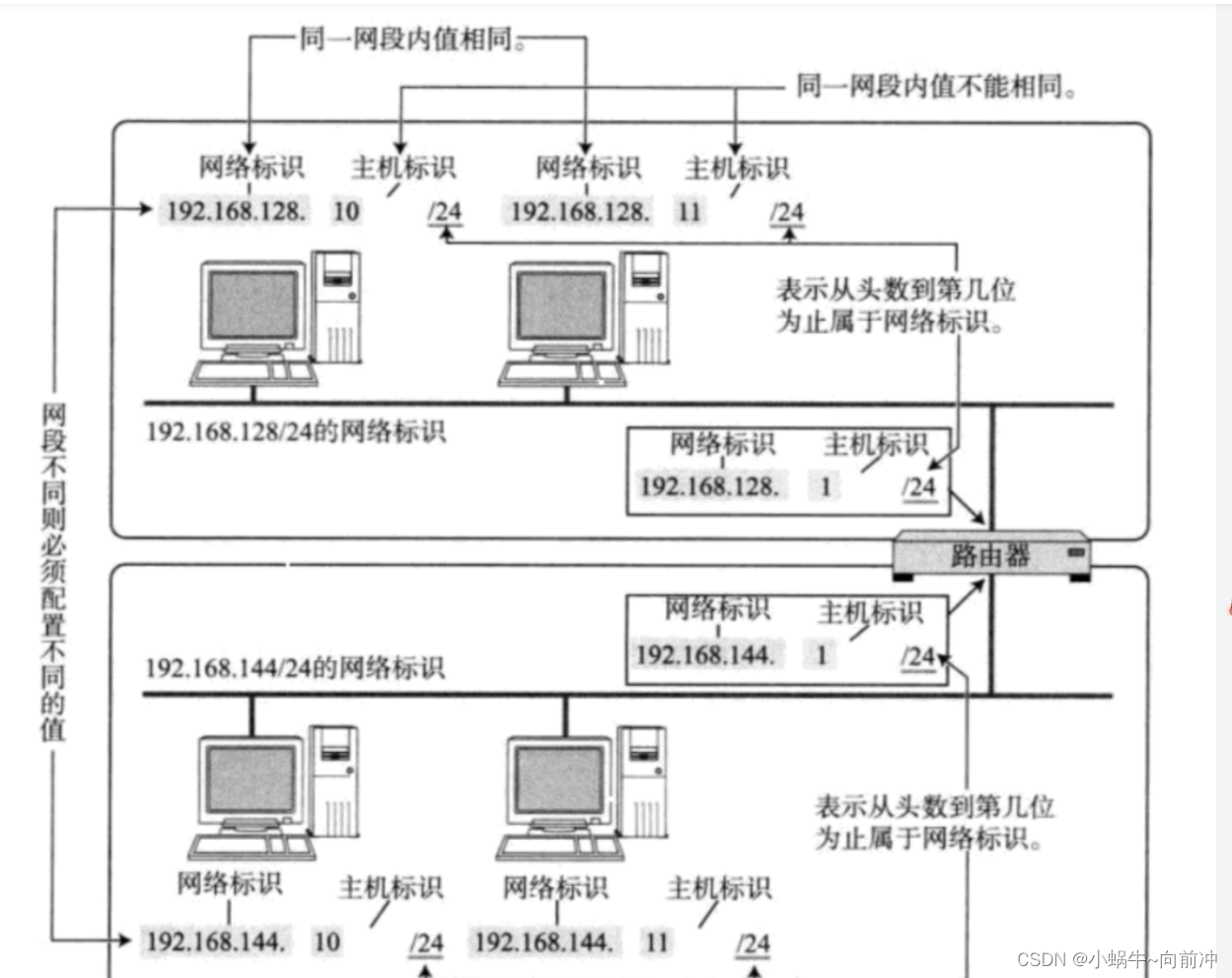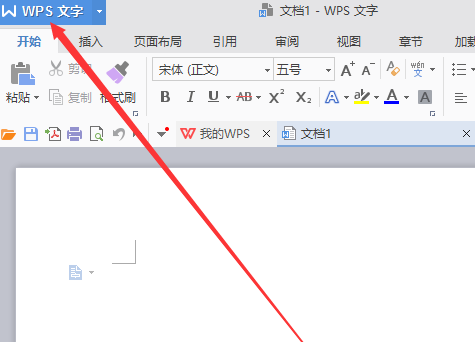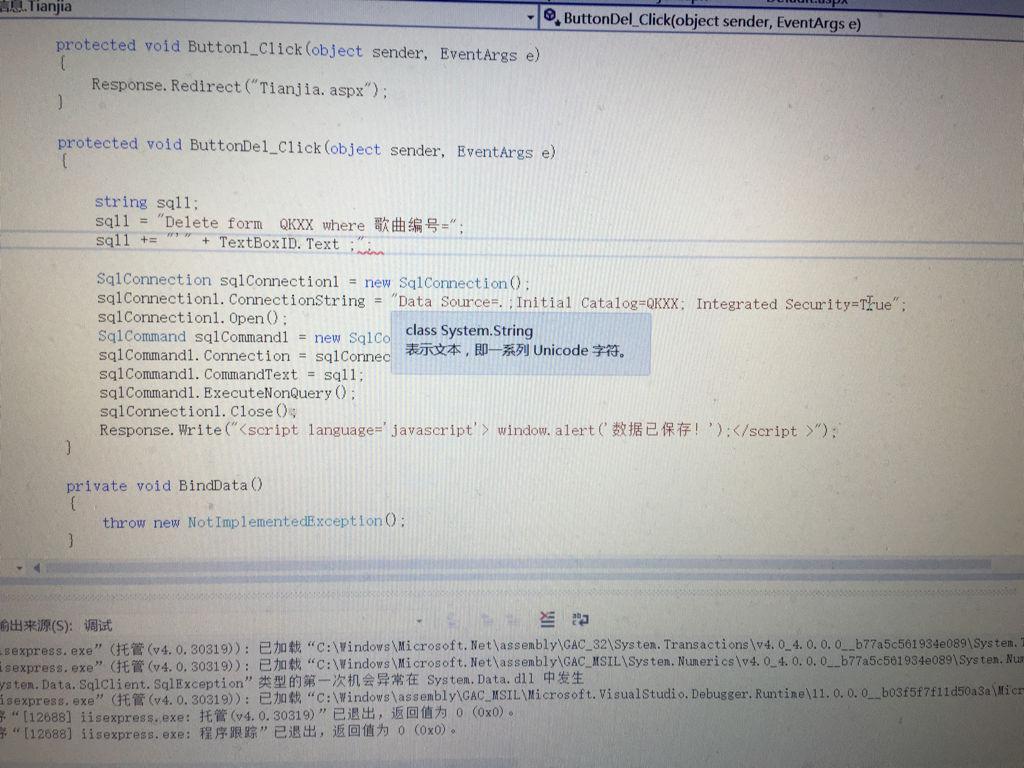java中怎么四舍五入
- 后端开发
- 2025-09-01
- 4
Java中,四舍五入是一个常见的操作,通常用于处理浮点数的精度问题,Java提供了多种方法来实现四舍五入,具体取决于你的需求和使用的场景,以下是几种常见的四舍五入方法及其详细解释。
使用 Math.round() 方法
Math.round() 是Java标准库中提供的一个静态方法,用于对浮点数进行四舍五入,它可以接受 float 或 double 类型的参数,并返回一个 long 类型的值,如果需要返回 int 类型,可以进行强制类型转换。
示例代码:
public class RoundExample {
public static void main(String[] args) {
double num1 = 3.6;
double num2 = 3.4;
long roundedNum1 = Math.round(num1);
long roundedNum2 = Math.round(num2);
System.out.println("Math.round(3.6) = " + roundedNum1); // 输出: 4
System.out.println("Math.round(3.4) = " + roundedNum2); // 输出: 3
}
}
注意事项:
Math.round()对于float和double类型的处理方式相同,都是四舍五入到最接近的整数。- 如果参数是
NaN,则返回0。 - 如果参数是
Infinity或-Infinity,则返回相应的Long.MAX_VALUE或Long.MIN_VALUE。
使用 BigDecimal 类的 setScale() 方法
BigDecimal 是Java中用于高精度计算的类,它提供了 setScale() 方法来进行四舍五入操作。setScale() 方法允许你指定保留的小数位数以及舍入模式。
示例代码:
import java.math.BigDecimal;
import java.math.RoundingMode;
public class BigDecimalRoundExample {
public static void main(String[] args) {
double num = 3.14159;
// 四舍五入到两位小数
BigDecimal bd = new BigDecimal(num).setScale(2, RoundingMode.HALF_UP);
System.out.println("四舍五入后的值为: " + bd); // 输出: 3.14
}
}
常用的舍入模式:
| 舍入模式 | 描述 |
|---|---|
RoundingMode.UP |
向远离零的方向舍入 |
RoundingMode.DOWN |
向靠近零的方向舍入 |
RoundingMode.CEILING |
向正无穷方向舍入 |
RoundingMode.FLOOR |
向负无穷方向舍入 |
RoundingMode.HALF_UP |
四舍五入(默认) |
RoundingMode.HALF_DOWN |
五舍六入 |
RoundingMode.HALF_EVEN |
银行家舍入法(四舍六入五成双) |
注意事项:
BigDecimal的setScale()方法会返回一个新的BigDecimal对象,原始对象不会被修改。- 选择合适的舍入模式非常重要,尤其是在财务计算中,以避免累积误差。
使用 DecimalFormat 类
DecimalFormat 是Java中用于格式化数字的类,它也可以用来进行四舍五入操作,通过设置格式字符串和舍入模式,可以控制数字的显示和舍入方式。
示例代码:
import java.math.RoundingMode;
import java.text.DecimalFormat;
public class DecimalFormatRoundExample {
public static void main(String[] args) {
double num = 3.14159;
// 创建一个DecimalFormat实例,设置格式为保留两位小数
DecimalFormat df = new DecimalFormat("#.##");
df.setRoundingMode(RoundingMode.HALF_UP);
String formattedNum = df.format(num);
System.out.println("格式化后的数字为: " + formattedNum); // 输出: 3.14
}
}
注意事项:
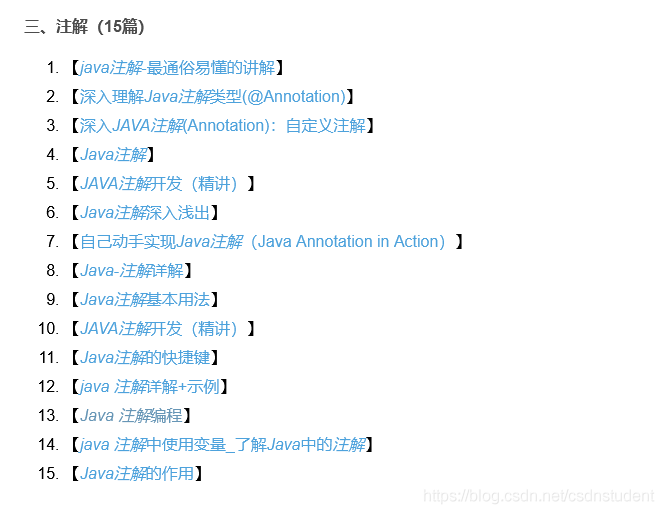
DecimalFormat主要用于格式化输出,如果需要进行进一步的计算,建议使用BigDecimal。- 格式字符串中的 表示可选的数字位,
0表示必填的数字位。 表示最多保留两位小数,但可以根据需要省略末尾的零。
自定义四舍五入方法
在某些特殊情况下,你可能需要自定义四舍五入的逻辑,根据特定的规则进行舍入,或者处理特殊的数值情况,以下是一个自定义四舍五入的示例:
示例代码:
public class CustomRoundExample {
public static int customRound(double num) {
// 自定义四舍五入逻辑:小于0.5向下取整,大于等于0.5向上取整
return (int) num + (num (int) num >= 0.5 ? 1 : 0);
}
public static void main(String[] args) {
double num1 = 3.6;
double num2 = 3.4;
int roundedNum1 = customRound(num1);
int roundedNum2 = customRound(num2);
System.out.println("customRound(3.6) = " + roundedNum1); // 输出: 4
System.out.println("customRound(3.4) = " + roundedNum2); // 输出: 3
}
}
注意事项:
- 自定义四舍五入方法需要仔细处理边界情况,如
NaN、Infinity等。 - 在大多数情况下,建议使用Java标准库提供的方法,以确保准确性和性能。
使用 Math.floor() 和 Math.ceil() 方法
虽然 Math.floor() 和 Math.ceil() 方法本身并不直接实现四舍五入,但它们可以结合其他逻辑来实现特定的舍入需求,可以实现“向上取整”或“向下取整”的效果。
示例代码:
public class FloorCeilExample {
public static void main(String[] args) {
double num1 = 3.6;
double num2 = 3.4;
// 向上取整
int ceilNum1 = (int) Math.ceil(num1);
int ceilNum2 = (int) Math.ceil(num2);
// 向下取整
int floorNum1 = (int) Math.floor(num1);
int floorNum2 = (int) Math.floor(num2);
System.out.println("Math.ceil(3.6) = " + ceilNum1); // 输出: 4
System.out.println("Math.ceil(3.4) = " + ceilNum2); // 输出: 4
System.out.println("Math.floor(3.6) = " + floorNum1); // 输出: 3
System.out.println("Math.floor(3.4) = " + floorNum2); // 输出: 3
}
}
注意事项:
Math.floor()返回小于或等于参数的最大整数。Math.ceil()返回大于或等于参数的最小整数。- 这些方法不会自动进行四舍五入,而是根据参数的值直接向下或向上取整。
归纳对比
| 方法 | 返回类型 | 主要用途 | 是否需要指定小数位数 |
|---|---|---|---|
Math.round() |
long 或 int |
简单的四舍五入到最接近的整数 | 否 |
BigDecimal.setScale() |
BigDecimal |
高精度的四舍五入,可指定小数位数和舍入模式 | 是 |
DecimalFormat |
String |
格式化输出,适用于显示目的 | 是 |
| 自定义方法 | 根据实现 | 特殊需求的四舍五入逻辑 | 根据实现 |
Math.floor() / Math.ceil() |
double 转 int或long |
向上或向下取整,不进行四舍五入 | 否 |
相关问答FAQs
问题1:Math.round() 方法在处理 float 和 double 类型时有什么区别?
答:Math.round() 方法在处理 float 和 double 类型时的主要区别在于返回值的类型,对于 float 类型的参数,Math.round() 返回一个 int 类型的值;而对于 double 类型的参数,返回一个 long 类型的值,这是因为 float 和 double 的存储范围和精度不同,float 是32位浮点数,而 double 是64位浮点数。Math.round(float a) 返回 int,而 Math.round(double a) 返回 long,如果需要将结果转换为 int,可以进行强制类型转换。
问题2:在使用 BigDecimal 进行四舍五入时,如何选择适当的舍入模式?
答:选择适当的舍入模式取决于具体的应用场景和需求,以下是一些常见的舍入模式及其适用场景:
-
RoundingMode.HALF_UP(四舍五入): 这是最常用的舍入模式,适用于大多数需要标准四舍五入的场景,财务计算、统计分析等。 -
RoundingMode.HALF_DOWN(五舍六入): 这种模式在处理中间值(如0.5)时会向下舍入,适用于某些特定的统计或科学计算。 -
RoundingMode.HALF_EVEN(银行家舍入法): 这种模式在遇到中间值时,会舍入到最近的偶数,这有助于减少大量数据计算中的累积误差,常用于金融领域。 -
其他模式(如
UP、DOWN、CEILING、FLOOR): 这些模式适用于需要始终向某一方向舍入的场景,例如计算上限或下限。
